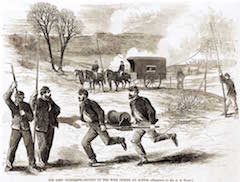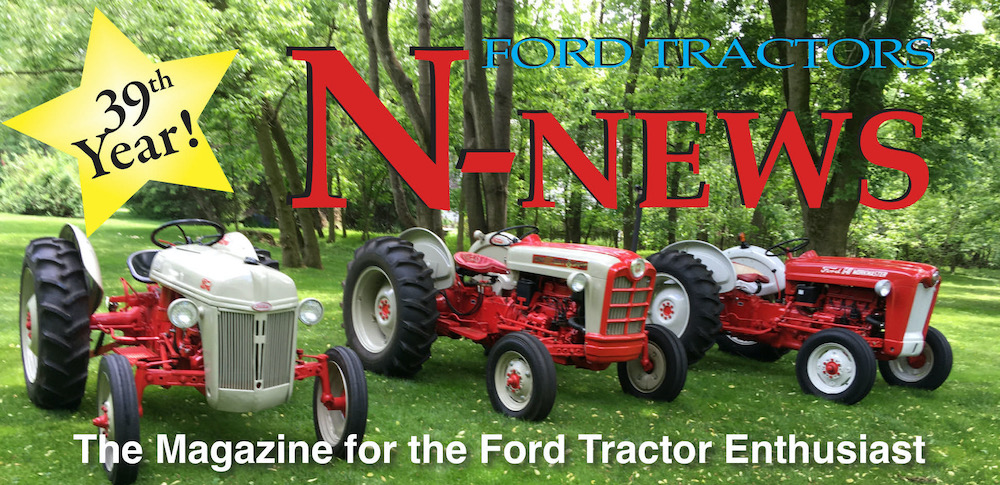Antique Communication
Communication is a curious endeavor. It is one of the things that (supposedly) makes us humans superior to all other creatures. (That statement is worth a book all on its own – human civilization is short and we have big problems getting along, so “superior” might be the wrong descriptor.) But over the last few hundred years, our methods for communication have evolved so dramatically it is mind bending.
Once humans were able to speak and write, we could send messages to each other via courier, whether that be person or pigeon. This was great, but it took days, weeks, or even months to deliver that message to its chosen audience.
The advent of the telegraph in the early 1800s was a game changer. Through a series of long and short tones, we were able to communicate across the country and eventually across the ocean, in real time. Getting an “instant message” in San Francisco from your parents back East instantly shrunk the world down. It was at this point that privacy became a concern. Everyone in that communication chain got to hear what you were saying. Telegraph messages were received and delivered but, someone had to translate Morse Code back to words.
 With the emergence of shortwave radio in the early 20th century, we learned how to send the sound of a voice to anyone that had the receiver to pick up the signal. By bouncing a signal off the atmosphere, we were often able to send those signals long distances. With this medium, there was no privacy at all.
With the emergence of shortwave radio in the early 20th century, we learned how to send the sound of a voice to anyone that had the receiver to pick up the signal. By bouncing a signal off the atmosphere, we were often able to send those signals long distances. With this medium, there was no privacy at all.
But, humans are a resourceful lot. During the cold war, governments needed to keep in touch with their spies in other countries. A telephone call wasn’t secure because it could be tapped or traced. But, a coded message via shortwave became a viable option. The spy could tune into the predetermined frequency at the predetermined time and get a coded message. The odd part is, these number stations still exist and even now are broadcast over the internet so that anyone, anywhere, could receive them. The overlay of antiquated technology with modern (internet) communication creates an unusual juxtaposition.
Sometimes, when I am working on the layout of the next issue of the N-News and I get bored with listening to the radio, music or some other more overt distraction, I tune into number stations. The calming hiss of the background signal sounds like a constant wind or waves and then the tones, or voice of some person trying to communicate with some other people feels like I am listening to a world from a hundred years ago. And there is something about listening while creating a print magazine and concentrating on old tractors that somehow seems to connect.
Antique tractors, antique listening.
